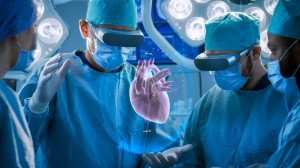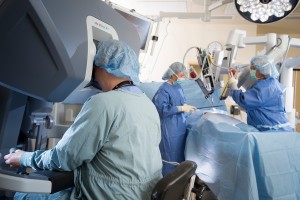Digital orthopedic technology is an emerging interdisciplinary field, such as virtual reality, navigation assistance systems, personalized osteotomy, robot-assisted surgery, etc., which is in full swing in the field of joint surgery.

Ability to mimic more natural human movements and optimize implants such as:
Using advanced technologies such as 3D animation production software, 3D visualization system, virtual human body reconstruction anatomy software system, 3D printing technology, simulated surgery and interactive clinical teaching, the anatomical processing of human bones is visualized.
Field of joint surgery:
In the teaching of total knee arthroplasty, 3D printing technology can provide a more three-dimensional, intuitive and real anatomical structure, improve the predictability of surgery, ensure the accuracy and efficiency of surgical operations, exercise students' surgical skills, and fully master complex orthopedic cases. Facilitates remote communication and teaching.

Field of Spine Surgery:
Neck and shoulder pain and low back and leg pain caused by intervertebral disc herniation are common clinically. Surgery using traditional methods is very traumatic. Spinal endoscopic surgery has become the main treatment technique. Preliminary completion of digital lumbar spine model, digital medical image 3D reconstruction of spine specimens, virtual reality spine simulation endoscope, through the completion of spine surgery plan formulation, surgical approach, surgical drill, surgical plan and efficacy evaluation, etc., simulated as a spinal degenerative disease. Diagnosis and treatment provide the basis for clinical teaching. By operating the isometric model, it is helpful for orthopedic students to master the placement method of pedicle screws in a short time.
Spinal robots offer several advantages, including reducing surgeon fatigue and tremor, while providing stability to instruments through a fixed working angle. This improves accuracy and precision, which can effectively reduce the number and time of intraoperative fluoroscopy, and reduce radiation doses for doctors and patients

Over the past few years, we have seen massive hype for various surgical robotic solutions that combine technologies such as augmented reality, telemedicine, machine learning, data analytics, artificial intelligence, and more. For now, many see it as a commercial hype rather than offering a real clinical advantage. In the public eye, we have PCs, smartphones, 5G, driverless cars, virtual worlds, all of which are questioned. Time will tell the real answer, but it is clear that they all have enormous potential to change the way we work and live. This is because they are the footprints of the innovations of the current era. Likewise, I have full confidence in the future development of the new generation of digital orthopedics.
Post time: Sep-01-2022





